After encountering a disaster in a snowstorm in 1895, the ship Africa disappeared along with 11 crew members and has only recently been discovered at the bottom of Lake Huron.
Launched in 1874, the ship named Africa was operational for only two decades before meeting its fate while traveling from Ashtabula, Ohio (United States) to Owen Sound, Ontario (Canada). The vessel sank deep beneath Lake Huron, the second largest lake by surface area in the Great Lakes of North America and the third largest freshwater lake in the world.
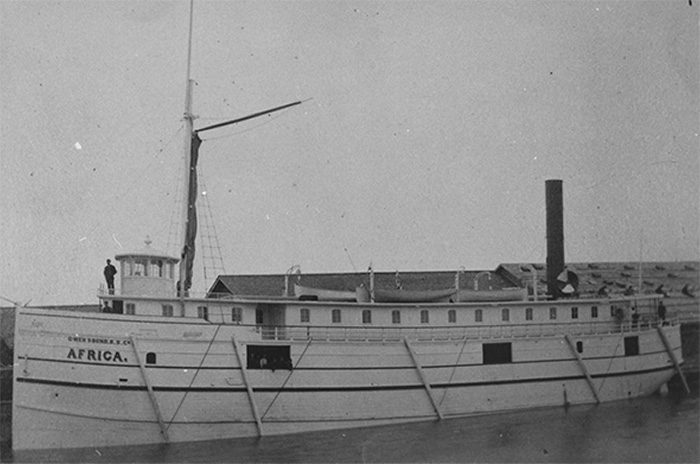
The Africa was originally a passenger ship but later used as a cargo barge. (Photo: Bowling Green State University).
On that fateful trip in 1895, the Africa was towing a barge named Severn, both carrying coal. A severe snowstorm severed the connection between the ship and the barge. The Severn ran aground, and its crew was fortunate to be rescued. However, the Africa and its 11 crew members have never been seen since.
The Great Lakes region is particularly dangerous for vessels due to the frequency of strong winds and snowstorms. Maritime historian Patrick Folkes estimates that at least 100 ships have sunk or gone missing in the vicinity of the Saugeen Peninsula from 1848 to 1930, with about half of those never being located.
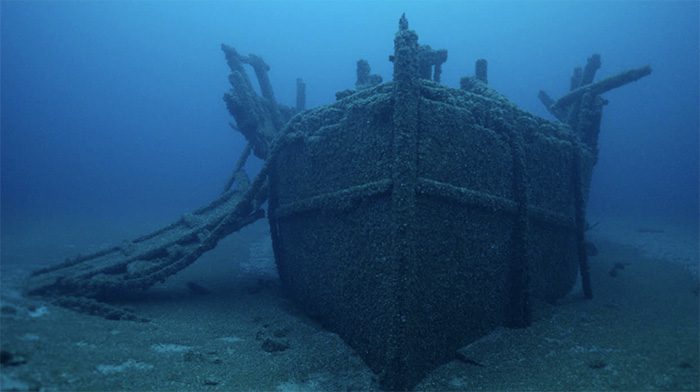
The Africa has been lying at the bottom of Lake Huron for 128 years. (Photo: Inspired Planet Productions).
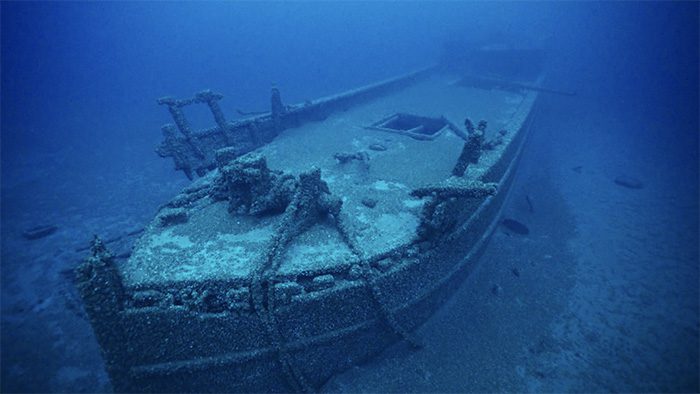
In 1895, the Africa sank in a snowstorm, disappearing with 11 crew members. (Photo: Inspired Planet Productions).
According to Inspired Planet, documentary filmmakers Yvonne Drebert and Zach Melnick began exploring the lake’s depths when scientists conducted a fish survey in the area and noticed “an anomaly in the sonar readings.” Drebert and Melnick specialize in underwater filming using remotely operated vehicles equipped with high-resolution cameras in extremely low light conditions.
Drebert stated that she and her husband thought they would only find rocks or something similar. However, when they maneuvered the underwater vehicle to a depth of nearly 85 meters, they unexpectedly discovered a “massive structure” emerging from the lake’s depths.
The ship was covered by Quagga mussels, which are damaging shipwrecks in the area. The couple’s documentary “All Too Clear” also examines the impact of this invasive species on the Great Lakes region. Drebert remarked, “Although Quagga mussels pose a threat to wrecks, it is partly thanks to them that we are able to conduct such underwater explorations.”
“There are many Quagga mussels in the Great Lakes area, which is why we can see the wreck at a depth of nearly 91 meters without any additional lighting. But they also make it extremely difficult to identify shipwrecks in the Great Lakes,” Drebert explained further.
Working with a local historian and a maritime archaeologist, the couple was able to identify the ship. Subsequently, the remotely operated vehicle conducted another dive to measure the ship’s dimensions and search for identifying clues. The second dive confirmed that the wreck matched the length, width, and height of the Africa that sank 128 years ago. Additionally, coal was found surrounding the ship, which was the cargo the Africa was carrying at the time of its demise.
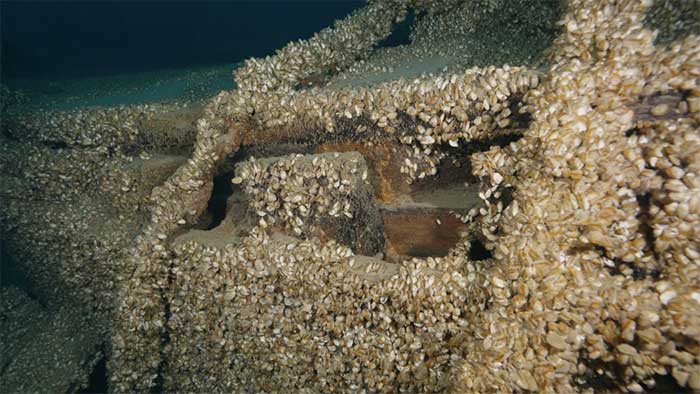
The wreck is covered by Quagga mussels, the most invasive species in the Great Lakes region (USA). (Photo: Inspired Planet Productions).
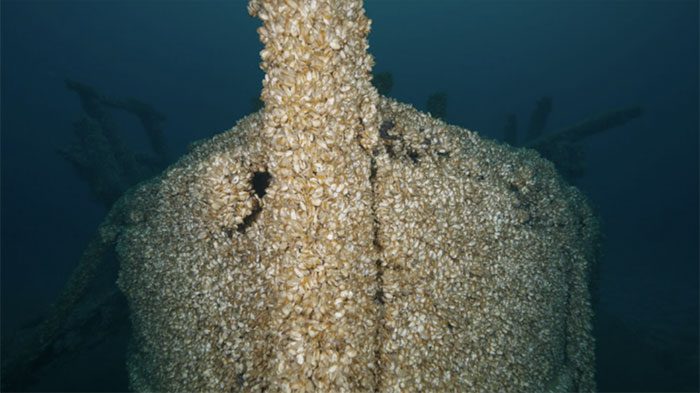
The bow of the ship is covered by Quagga mussels. (Photo: Inspired Planet Productions).
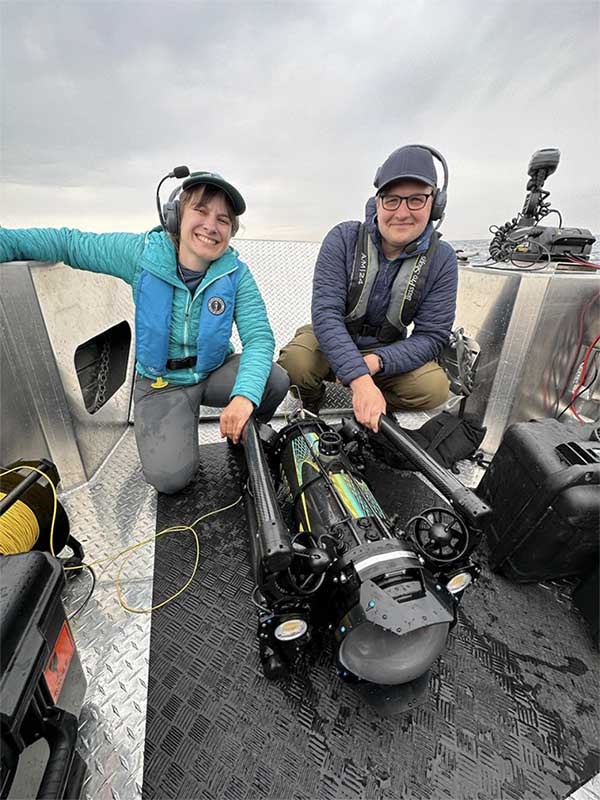
Yvonne Drebert and Zach Melnick with their exploration robot shortly after discovering the wreck of the Africa. (Photo: Inspired Planet Productions).


















































